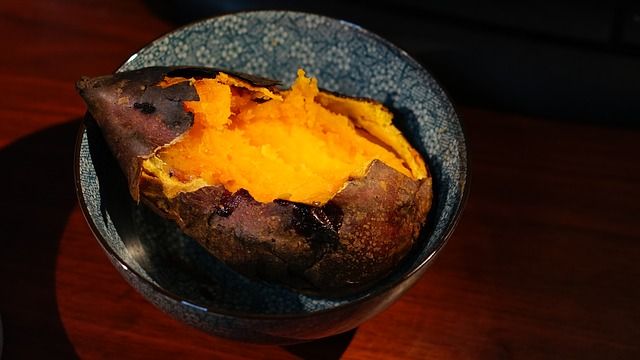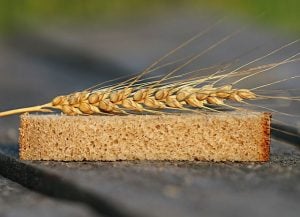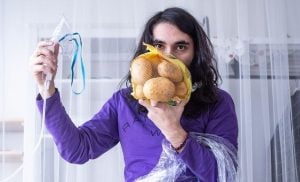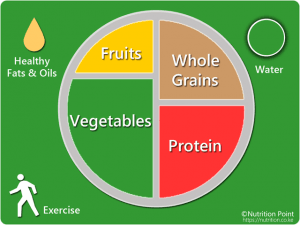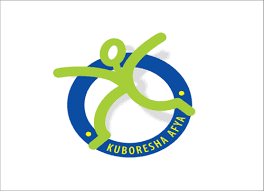Breakfast is usually the first meal of the day and as such is the most important. The word itself comes from the phrase “breaking the fast” which draws from the fact that the last eight hours or so of sleep, your body was busy digesting the previous night’s dinner. Consequently, you wake with pangs of hunger and the obvious need to break that night long fast.
Being the first meal of the day, breakfast is key on how you start your day and how it progresses. Skipping breakfast for whatever reason means you begin the day with an energy deficit that prompts your body to tap into your energy stores. As a result, you might feel dreary and not as energetic as you would’ve had you taken breakfast.
There’s also the added consequence that when you do have your first meal, there’s a likelihood you may overeat and if that means eating out, then that meal is likely not to be as nutritious as the breakfast prepared at home. Just compare the kind of foods served at fast food joints and what you have at home.
Still, skipping breakfast is less of an issue for the majority of us, rather it’s what we’ve during breakfast that seems to be more of a bigger problem.
What makes up a breakfast meal?
So what’s a healthy breakfast? Before we answer that question, we must foremost explore the food groups that typically make up a breakfast.
For most of us, a beverage paired with a carbohydrate like bread seems all there is to it, but it’s usually more than that. We actually need all the major food groups represented, and that means a meal consisting of a carbohydrate, protein, fruit, vegetable and/or dairy.
That sounds looks like something for dinner and not for breakfast but’s let not forget we’re talking about the most important meal of the day, and with such a title it’s only natural that you get a healthy dose of different types of nutrients.
However, since it may not be practical for everyone to include the whole five in breakfast, a good rule of thumb is to ensure one gets at least 3 of them.
Now let’s look at the particular foods that complete this menu.
1. Breakfast Carbohydrate
The carbohydrate of choice is very important, as it’s what provides most of the energy required to kick-start your day. There are a lot of carbs to choose from ranging from breads, starch tubers right down to breakfast cereals.
All this are certainly good choices, the only thing we’ve to mindful of is that it’s better when the carbs are wholegrain. Why? This is because whole-grains, due to their higher fibre content, deliver energy in a much better way compared to refined carbohydrates like white bread.
As a result, you feel fuller and energetic for longer periods as compared when you take something refined that is quickly digested and used up. Consequently, you’ll feel hungry much sooner and thus eat more calories. If you’re watching your weight, this is something you need to take note of.
i. Bread

Bread tends to be the obvious choice for the majority, and it typically comes in three alternatives: white, brown and wholemeal. The clear choice here is to go for the wholemeal variety but if you can’t find it, then go for the brown bread, but make sure it’s indeed brown.
We’ve already discussed the difference between white, brown and wholemeal bread should you want to find out more.
Likewise, you may consider using whole wheat flour instead of refined white flour to prepare chapatis (flat Indian bread).
ii. Breakfast Cereal
Always go for whole-grain cereals when choosing a breakfast cereal. Wholegrains are not more filling due to their higher fibre content but also provide substantial amounts of vitamins and minerals such as B vitamins, iron, magnesium, copper, zinc and manganese.
To do this, always read the labels on the cereal box and ensure that whole grain is part of the ingredient list. It should also have more than 5g or more of fibre per serving.
In addition to this, ensure that the sugar and sodium content are minimal (less than 5g of sugar & less than 300mg of sodium per serving).
iii. Starchy Tubers
Whole grains can also be swapped with starchy tubers which, while traditional, are not only natural and nutritious, but tend to be more affordable.
They include the likes of sweet potatoes and arrowroots (nduma) which in addition to being good sources of energy happen to be also rich in vitamins.
Sweet potatoes are for instance rich sources of vitamin A (beta-carotene) which is evident by their yellowish-orange colour. There are also good sources of vitamins C and B6.
In addition to this, they release their energy (sugar) much slowly compared to other starches and therefore are good for those controlling their blood sugar levels, such as people with type 2 diabetes.
2. Breakfast Protein
Whole grains and other plant foods do provide protein but in modest quantities. To supplement the protein from this other foods you can take eggs, yoghurt and nuts/seeds.
If you’re going to take eggs, limit them to 1-2 per day since they’re high in protein and their yolks are also cholesterol rich. This cholesterol is not bad, you just have to watch the quantity you’re taking.
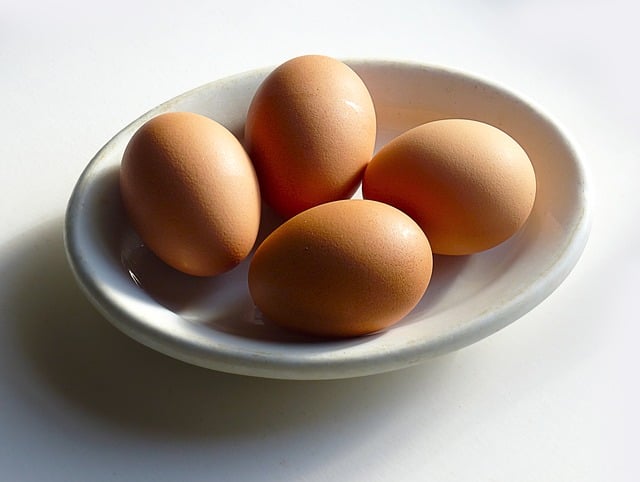
Nuts and seeds can be added to your breakfast cereal or porridge if you’d rather not take them alone. You can also spread peanut butter on your bread to get some protein in your breakfast.
It’s also a good idea to minimize consumption of processed meats like sausages (and “smokies”), bacon and ham as they’re typically high in sodium, which is a risk factor for hypertension. There are also associated with an increased risk of heart disease, type 2 diabetes and colorectal cancer.1,2
3. Fruits and Vegetables
The best way to get some vitamins in your breakfast is by adding some fruits or vegetables. You could’ve a whole fruit as it is, or you can instead make a smoothie or a fruit juice with no added sugar.
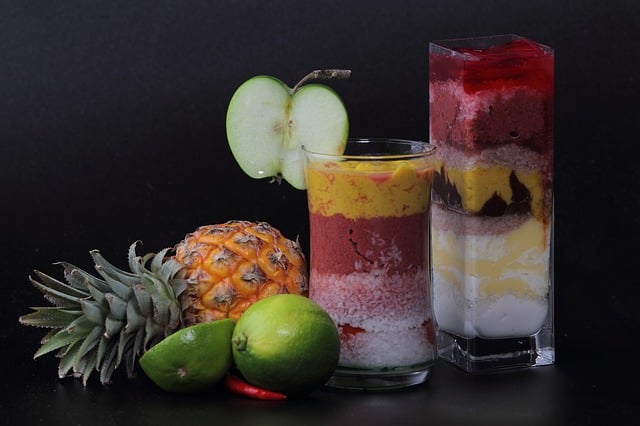
Note however that a fruit juice may deny you of some fibre, so sometimes it’s better to have the whole fruit instead. Example of fruits you can include in your breakfast are oranges, bananas, pineapples, melons, berries etc.
4. Dairy
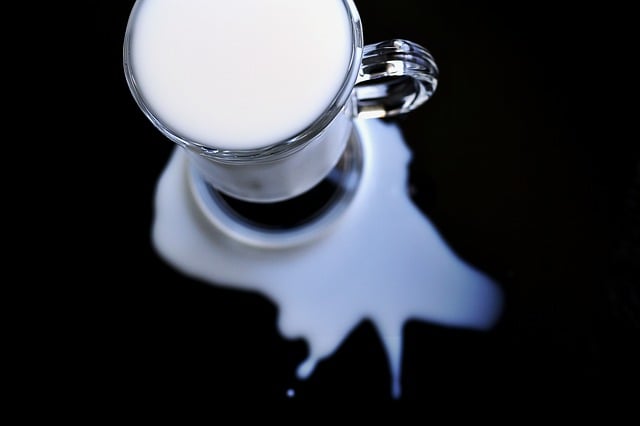
Milk is an essential part of diet, especially for kids that are growing. The milk can be added to breakfast cereal or just drank plain.
Instead of milk, you can also consider using yoghurt or fermented milk (e.g. mala) especially if you are lactose intolerant. Diabetics can consider using plain yoghurt instead of the common sweetened variety.
What about tea and coffee?
You can have tea or coffee for breakfast, however be watchful of its caffeine content. Too much caffeine is not good for your health. Drinking them in moderation and weak is therefore recommended.
To reduce their calories, consider not adding sweeteners and creamers. Sugar should be used modestly.
With that said, porridge, milk/yoghurt, natural fruit juices, smoothies or even water can all be used as alternatives to tea and coffee during breakfast.
REFERENCES
1. Study – Processed meat and colorectal cancer: a review of epidemiologic and experimental evidence (Available here)
2. Harvard Health – Eating processed meats, but not unprocessed red meats, may raise risk of heart disease and diabetes
